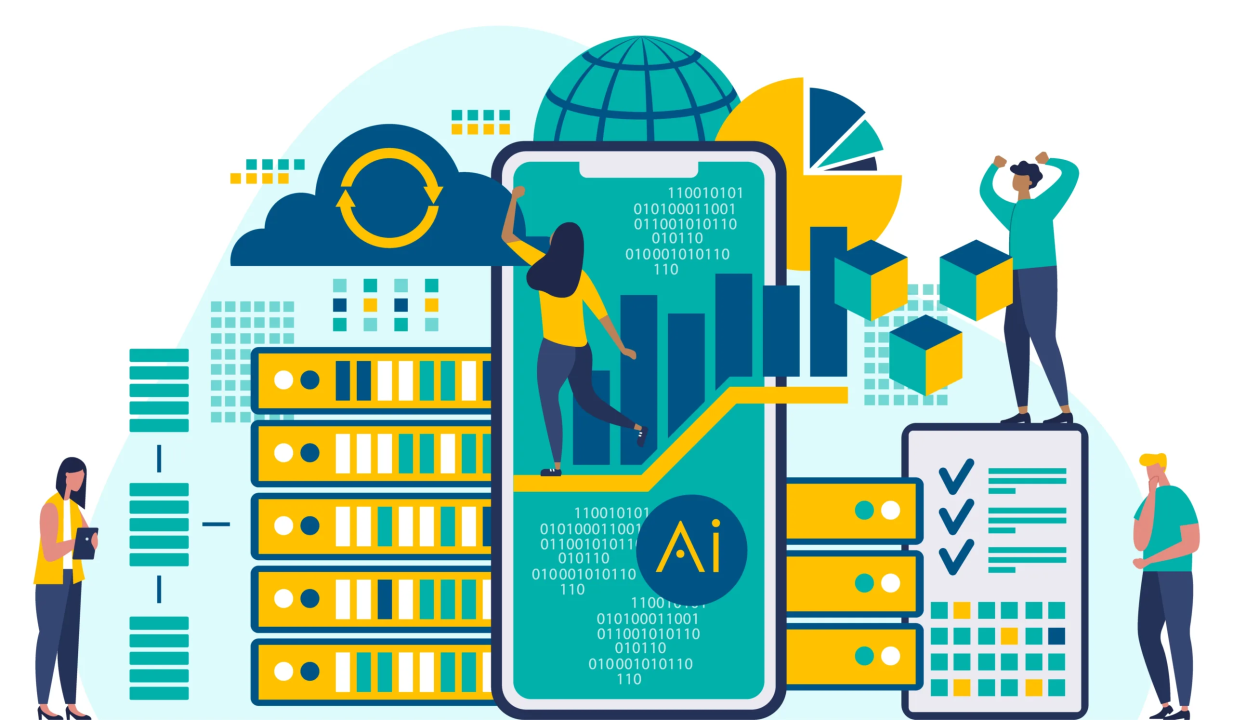Introduction:
In today’s competitive job market, recruiters face the challenge of sourcing, screening, and selecting top talent efficiently and effectively. With the advent of data and analytics, recruiters now have access to powerful tools and insights that can revolutionize their decision-making processes. By harnessing the power of data-driven recruitment strategies, recruiters can identify the best candidates, optimize hiring processes, and drive better outcomes for their organizations. In this blog post, we’ll explore how data and analytics are empowering recruiters and transforming the recruitment landscape.
The Power of Data and Analytics in Recruitment:
Data and analytics have emerged as game-changers in the field of recruitment, enabling recruiters to make informed decisions based on quantitative insights rather than intuition alone. By leveraging data from various sources, such as applicant tracking systems, job boards, social media platforms, and employee referrals, recruiters can gain valuable insights into candidate behaviors, preferences, and performance metrics.
Here are some key ways in which data and analytics are transforming recruitment:
Predictive Analytics:
Predictive analytics uses historical data and statistical algorithms to forecast future outcomes, such as candidate performance, retention rates, and hiring success. By analyzing patterns and trends in candidate data, recruiters can predict which candidates are most likely to succeed in specific roles, enabling more targeted hiring decisions and reducing turnover rates.
Talent Acquisition Metrics:
Data-driven recruitment strategies rely on key performance indicators (KPIs) and metrics to measure the effectiveness of hiring processes and identify areas for improvement. Metrics such as time-to-fill, cost-per-hire, source-of-hire, and candidate quality provide recruiters with actionable insights into their recruitment performance, allowing them to optimize processes, allocate resources efficiently, and demonstrate ROI to stakeholders.
Candidate Sourcing and Screening:
Data analytics tools enable recruiters to identify and target high-potential candidates more effectively by analyzing candidate profiles, skills, and experience against job requirements. By leveraging advanced search algorithms and machine learning algorithms, recruiters can streamline candidate sourcing, screen resumes more efficiently, and identify top talent with greater accuracy.
Diversity and Inclusion:
Data-driven recruitment strategies help organizations promote diversity and inclusion by analyzing demographic data and identifying areas of underrepresentation in the workforce. By tracking diversity metrics, such as gender, ethnicity, and age, recruiters can identify biases in hiring processes, implement targeted diversity initiatives, and create more inclusive workplaces.
Performance Monitoring and Optimization:
Data analytics enables recruiters to track the performance of recruitment campaigns, assess the effectiveness of different sourcing channels, and optimize strategies in real-time. By monitoring key metrics and conducting A/B testing, recruiters can identify what works and what doesn’t, refine their approaches, and drive continuous improvement in recruitment outcomes.
Conclusion:
Data and analytics have the potential to revolutionize the way recruiters attract, engage, and hire top talent. By leveraging data-driven insights and predictive analytics, recruiters can make more informed decisions, streamline hiring processes, and drive better outcomes for their organizations. As recruitment becomes increasingly competitive and complex, embracing data and analytics is essential for staying ahead of the curve and delivering value to stakeholders.














